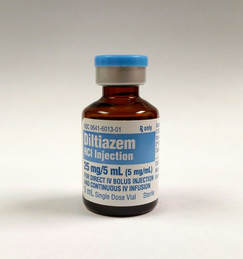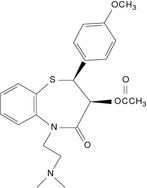|
Recently, I took care of my first patient with a major calcium channel blocker (CCB) overdose. He was a middle aged man with unknown past medical history who had reportedly taken 20 tablets of diltiazem 120mg ER in a suicide attempt. Initial blood pressure in the field was 60/32, heart rate 30-40s. Knowing on an abstract level how sick these patients can get is one thing. Seeing it firsthand is something else entirely. Here are some lessons learned from a harrowing toxicological encounter.
Fortunately, this patient did well and ultimately did not need any 'end-of-the-line' therapies. This was a challenging yet valuable first brush with one of the sickest of all types of overdose patients. Like all difficult cases in the ED, teamwork and good communication were the bedrock of successfully managing the overdose.
1 Comment
|
AuthorJoshua Feblowitz, MD, MS, is currently a PGY4 resident in the BWH/MGH Harvard-Affiliated Emergency Medicine Residency (HAEMR) Program and a freelance science writer. Archives
March 2019
Categories
All
|

